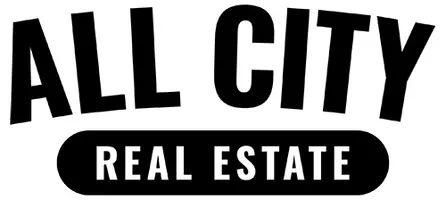
What is a Mortgage Underwriter?
When you are in the process of buying a home, there are many steps to follow. One of those steps is to work with a mortgage underwriter. They will review your loan application and make sure it meets the lender’s requirements. It’s important to understand the role of a mortgage underwriter so you c

How to Calculate the Square Footage of a Home
One of the most important factors in determining the value of a home is its square footage. When an appraiser calculates the square footage of a home, they measure every room and all common areas. In this blog, we will discuss how appraisers calculate the square footage in order to determine an accu

Buying a Home? Here Are the Common Costs You Can Expect
Buying a Home? Here Are the Common Costs You Can Expect Buying a home is an exciting milestone. But before you sign on the dotted line, it's important to be aware of the common costs associated with the process. Knowing what to expect can help you plan ahead and save up for all the expenses that co
Categories
Recent Posts










